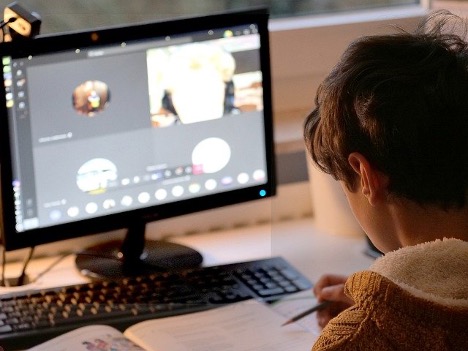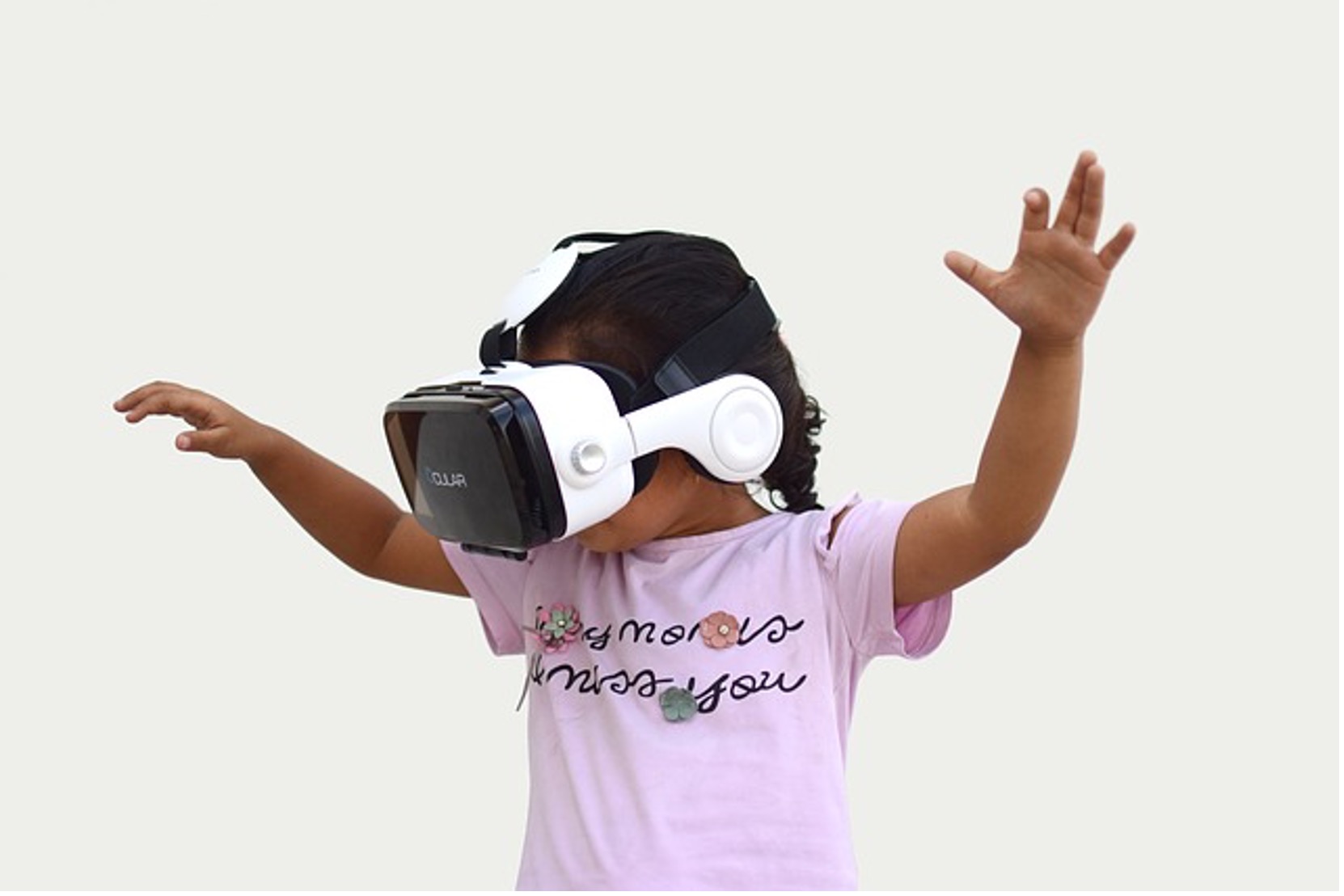Choice Advisors in Texas, founded by Paula Permenter and Matthias O’Meara, offers comprehensive financial solutions and independent advisory services to schools and other organizations.
Paula Permenter reports that due to an increased need for virtual learning, schools are finding ways to bring today’s cutting-edge information technology into classrooms. Educators believe adopting educational technology (Ed Tech) provides intuitive opportunities for expanding education needs. These tools are implemented as not only a means to enhance a student’s learning experience but also make teaching easier for educators.
The term “education technology” encompasses a range of technological learning tools – from Artificial Intelligence to virtual reality. Educators say, when IT tools are used properly, they effectively deliver information in a way best tailor to learning retention.
Ed Tech solutions in one form or another are probably here to stay. Here are several technology trends you can expect to see in a classroom as early as this year.
1. E-Learning
Matthias O’Meara notes that when COVID-19 shut down schools across America, distanced learning was the only option for continuing education. As a result, demand for related tech platforms grew and quickly became an educational trend.
E-learning apps allow educators to deliver content via phones, computers, and laptops. These learning platforms proved cost-effective for teachers and school districts, which is why many schools implemented a hybrid model once schools were re-opened. Hybrid models allow for a mix of in-classroom learning and distanced learning.
2. Artificial Intelligence
Artificial Intelligence (AI) is being used for automation in education, especially for activities like grading. AI can now grade fill-in-the-blank and multiple-choice questions without assistance from school staff.
It’s believed AI will continue trending in education as developers create programs to solve the lack of individualized instruction in overcrowded classrooms. The market outlook seems to agree. A recent report projects AI in education to exceed $3.5 billion by 2023.
3. Blockchain Technology
In 2020, the U.S. Department of Education Technology launched the Education Blockchain Initiative (EBI). The EBI’s mission is to explore blockchain technology’s ability to solve complex educational challenges. The main focus of the initiative is how this tech can exchange educational data securely among learning institutions.
The EBI also focuses on bridging socioeconomic gaps that exist in education. Aside from data transfer, it’s also possible to use technology to provide widespread access to varied educational resources.
4. Gamification
Gamification is the process of applying game mechanics to something not normally considered a game. According to Paula Permenter, this method is used to boost student engagement in classrooms, and it’s become most popular in primary education settings.
According to the Smithsonian Science Education Center, gamification helps with adolescent cognitive development. Studies have also found that ramification boosts classroom accessibility and has proven effective in teaching students with autism.
5. Learning Analytics
Educators are using learning analytics to improve the quality of teaching and learning. Analytic programs use computational analysis techniques to give schools measurements on student growth. In some cases, it’s used to predict academic success or identify at-risk students. The data informs teachers who may require the most oversight or additional resources.
But learning analytics is also used to evaluate the competency of educators. The data provides insight on important student focus areas, like communication and critical thinking skills.
6. VR & AR Learning
Virtual Reality (VR) and Augmented Reality (AR) learning are trending in the primary education sector. VR provides students with a constructed reality, which can provide insight into experiences they’re not yet able to visualize on their own (i.e., a certain level of the atmosphere or a specific ocean depth).
AR technology enhances what they can see and helps students conceptualize more abstract thoughts (i.e., the size of an elephant compared to the room they’re standing in).
Reports on the use of AR tech in class have concluded its ability to influence a student’s classroom performance.
7. Video-Assisted Learning
Video-assisted learning is similar to e-learning, but the videos are not live streams. Instead, they’re pre-recorded materials that students can access outside the classroom setting. This technology is not new – having existed in university lecture halls or other educational institutions – but the pandemic increased its need.
Studies have found that video presentations are highly effective tools for education. Though most teachers stick to a live experience, they still provide recorded sessions for their classes to review as needed.
Final Thoughts – Is Technology Taking Over Schooling?
Education technology is not a means to automate student education. Rather, the tools are meant to make learning easier and more effective for students of all ages. In addition, developers say Ed Tech is meant to enhance the educators’ abilities who use them.
Choice Advisors report that studies within this field hint at a promising future, while the market also seems to favor the possibilities of education technology. As a result, we anticipate that these seven solutions will last in classrooms for the next few years at the very least.









